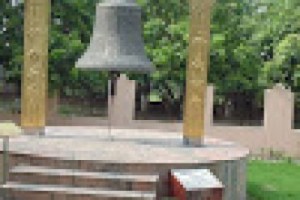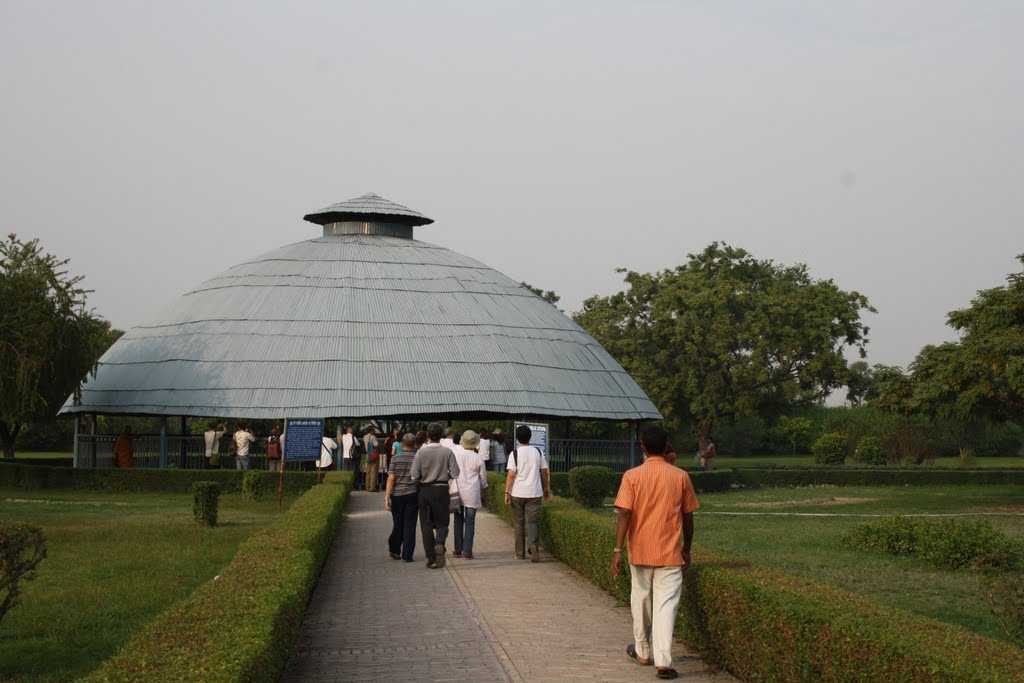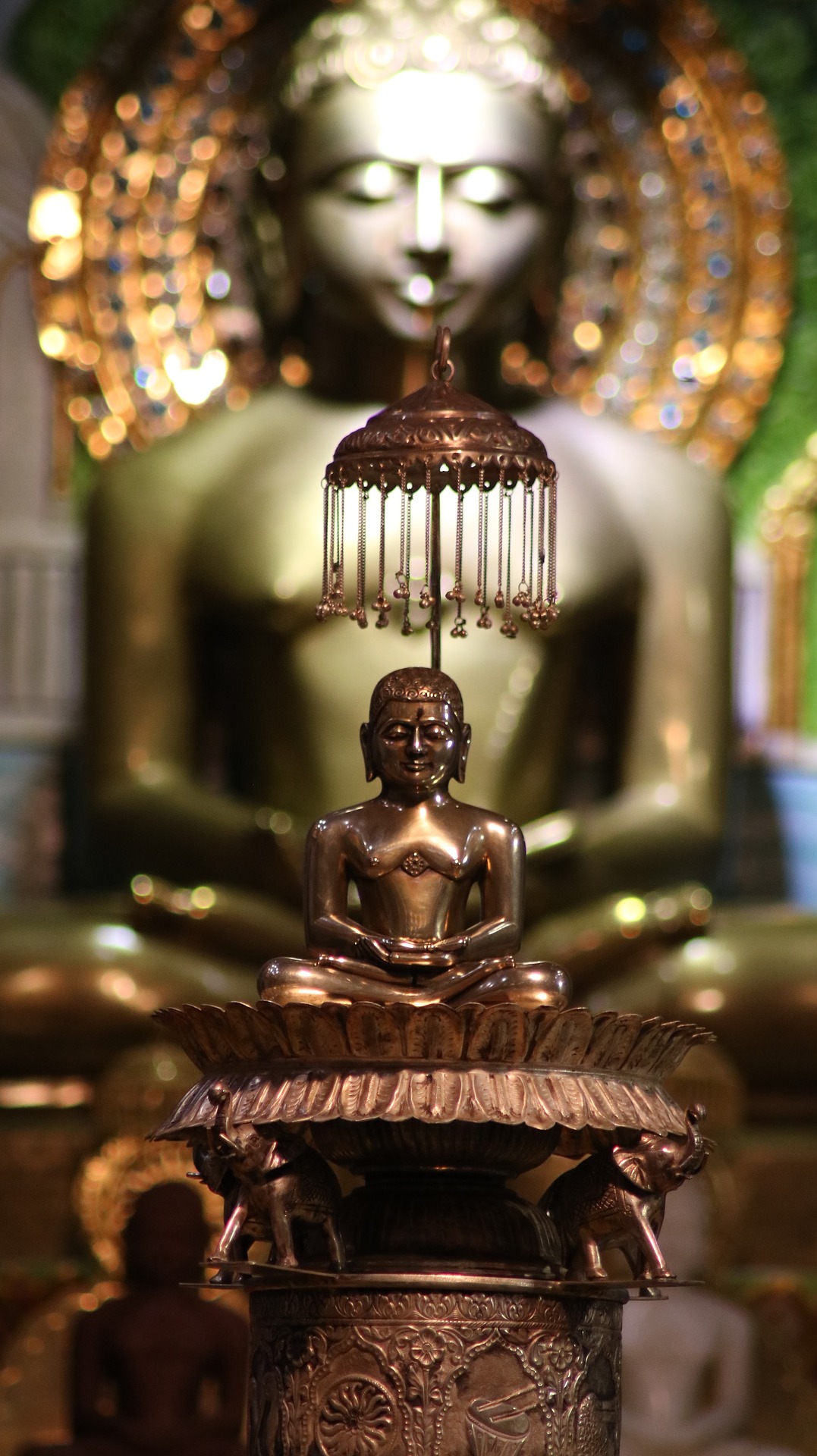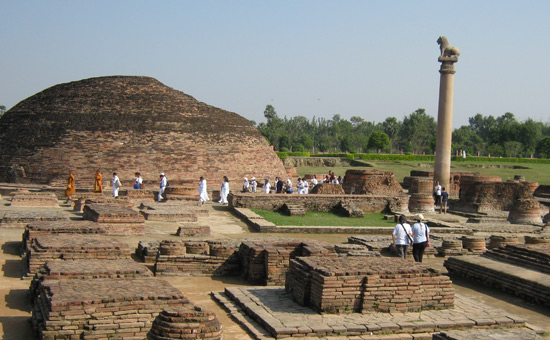
 By Nandini Bhushan
By Nandini Bhushan
Bihar has derived its name from the word “Vihar”, which means monastery, a place where monks lived together. It was here that Buddhism flourished in its initial day and the region was dotted with some of the important Buddhist monasteries or Vihars.
Such is the essence of its historical importance that Bihar itself represents history. Indian civilisation is believed to be one of the oldest civilisations in the world and Bihar has occupied the central place of activity and the seat of power for a major period of this great civilisation.
Yet, despite its historical importance, Bihar has been quite underrated and not a popular destination among tourists exploring the places witnessing great moments of history, largely because of the ignorance of people, just as most people are about Bihari cuisine. The fact is that Bihar has been an integral part of our glorious Indian history, yet it remains an unexplored historical travel destination, and has therefore been quite underrated among tourists. Blessed with remarkable relics and monuments from ancient dynasties and deeply linked with Indian history as a spiritual and learning center, it definitely deserves better treatment.
In this blog, I bring to you the historical sites of Bihar and its glorious past. Here is Bihar from the lens of an avid history lover to give you a chance to peep in the rich heritage of this glorious land of Buddha.
Also read: Tourist places of Bihar: A glimpse into ancient Magadh -Part 6
Vaishali – World’s First Republic

Vesali or modern day Vaishali is an ancient city in Bihar that was closely associated with the history of two of the most important religious sects Hinduism and Buddhism. Vaishali also finds mention in the Indian mythological text “Mahabharata” and holds both religious as well as historical importance and is a famed tourist destination in the modern times that draws people from all around the world.
Situated at about 55 kms from Patna, Vaishali was named after king Vishala of the Mahabharata age and is believed to be the first republic in the world. The capital city of the Vajjian confederacy of Vriji Mahajanapada was the first ever world republic that existed around 6 century BCE. Although there are very few records about the early history of Vaishali state, they definitely describe it as an ancient metropolis that was spread over most of the Himalayan Gangetic region of present day Bihar. The Vishnu Puran states about thirty four Kings of Vaishali where Nabhaga is believed to have been the first ruler while the last ruler Sumati was considered to be the contemporary of king Dashratha, father of Hindu god Lord Rama.
Frequent reference of Vaishali along with other Mahajanpada has been preserved in the Buddhist text. The Buddhist Theravada commentaries give detailed information about Lord Buddha’s visit to Vaishali in the fifth year after his enlightenment. The lord visited during his enlightenment period and eventually delivered sermons.

It was here that Buddha admitted women into the order for the first time and eventually it was in Vaishali that Lord announced his impending death. This ancient city hosted the second great council of Buddhists to provide rule of code conduct after the death of Buddha.( C 483 BCE)

Besides, the last jain Tirthankara, Lord Mahavira, was also born in Vaishali and hence the city holds great religious significance in the Jain religion and is a very popular jain tourist pilgrimage. But at the same even before the advent of Jainism and Buddhism, Vaishali was known for its wealth and prosperity. According to the Buddhaghosa the name Vaishali became synonymous with expensive since it was not only highly populated but was equally rich and highly prosperous.
Ambapali or Amrapali, the great Indian courtesan who also remained a central figure in many of the ancient Indian folktales as well as Budhist literature too belonged to Vaishali and it was for this reason that Vaishali was renowned as Ambeapali. However Amrapali later embraced Buddhism and became a devoted follower of Buddhism. Such was its glory that the Chinese Pilgrim, Faxian, has also mentioned about the monasteries and shrines of Vaishali in the 5th century BCE.
According to the early evidence, the holy city of Vaishali was surrounded by three walls along with a watchtower and gates. The modern day archeological site is marked by two groups of mounds that have been partially excavated by archeologists. Beyond the town there was “Mahavana” or a long natural forest that extended upto the Himalayan ranges. A small part of Buddha relic found in Vaishali has been enshrined in foundation and it is in the Chhatra of the foundation.

In honour of Lord Buddha, Emperor Ashoka had built the renowned lion pillar in Vaishali. This gorgeous and historical Ashoka pillar holds great significance for the Buddhists. Few other historical sites include Relic stupa, Kutugrasala Vihara – a monastery where the lord is believed to have stayed during his visit, coronation tank and the artifact’s all across the Vishwa Shanti stupa to pay homage to the lord. Besides the Japanese temple, the Vishwa Shanti Stupa, Ramchaura Mandir, Raja Vishal Ka Ghar are few other worth visiting spots. Few other archeological remains are exhibited in the Vaishali museum established in the year 1971.
The history and appealing myths draws tourists from all across the globe making it a major tourist attraction in the state of Bihar.





